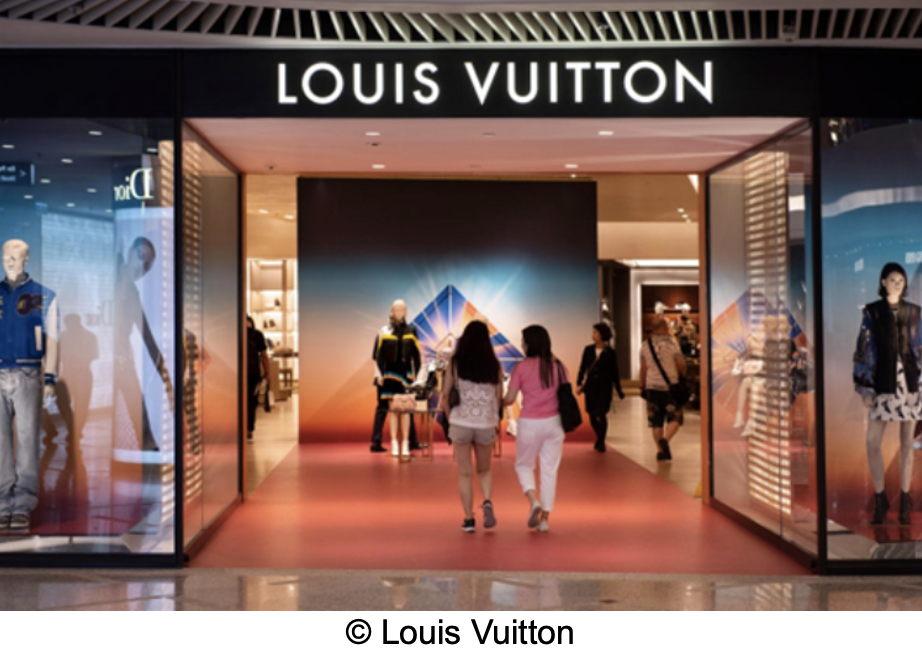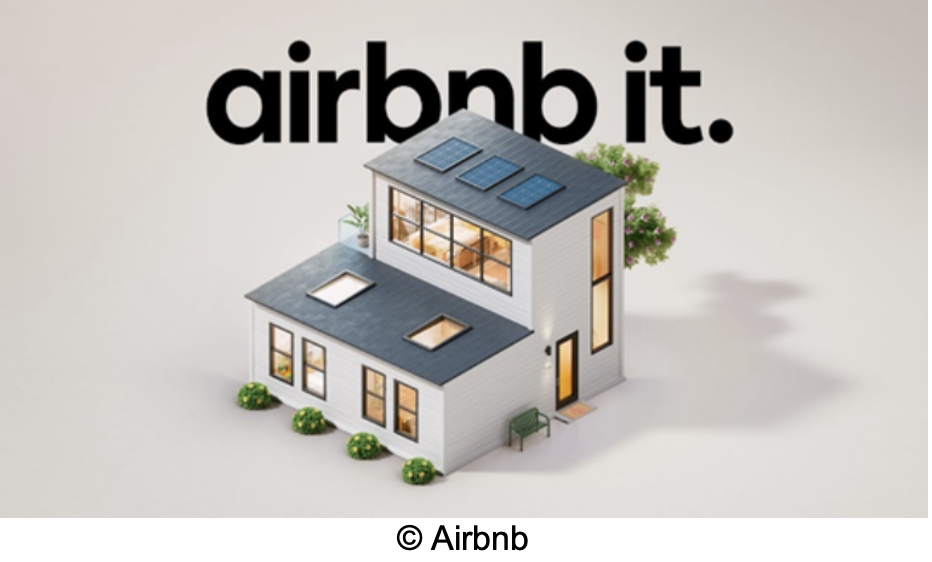Pricing power: The true ROI of branding
This blog post is part of a blog series developed by members of the CMA Brand Council on the topic of “brand as a value generator.” This is the second of four blogs, focused on understanding one of the most valuable components to the ROI of branding. Read Part 1.
The brand – not the product – determines how much people are willing to pay for it.
A brand’s greatest strength is its ability to justify its price – its pricing power – and should be seen as the first line of defence against rising costs.
With costs on the rise across Canada, marketers have been scrambling to find ways to stabilize revenue and maintain predictable growth for their brands. Some find short-term solutions in promotions, but pricing power may be the only thing that will protect your margins long-term. Pricing power, which is linked to price elasticity, describes the effect a change in price has on the quantity demanded of a product. Consumers will always pay a premium for a brand they know, trust, and perceive as offering higher value – even when navigating an increased cost of living.
Investing powerhouse, Warren Buffett, said it best: “The single most important decision in evaluating a business is pricing power. If you’ve got the power to raise prices without losing business to a competitor, you’ve got a very good business.”
For marketers, brands are our business. And when managed effectively, the value added by a brand should be greater than the price, allowing it to stand up to financial pressures placed against it.
Emotion and buying behaviour
In an attempt to differentiate a product offering, marketers tend to focus on enhancing product features, for example, “now with more bristles.” However, this approach usually only answers to the basic and physiological needs of consumers, neglecting the higher-order, self-fulfilling needs. Additionally, these product enhancements can be relatively easy for others to copy, eliminating one’s competitive advantage.
Consumers may shop rationally, looking for specific bells and whistles, but they buy emotionally. Their willingness to pay more for a product or service is directly correlated to how well it answers to their emotional appeals, such as pride, respect and affiliation. It’s the brand, not the product that consumers build an emotional connection with. In fact, studies show that strong brands command a 13 per cent price premium over weak brands. So, it’s vital for marketers to promote the intrinsic role a brand has in the lives of consumers.
Best-in-class examples
There is no such thing as a commodity. All goods and services are differentiable if you focus on the emotional appeals. In some cases, entire industries are built on a foundation of great branding to justify higher pricing. Here are a few examples of brands that command a price premium:
- Streetwear: Brands like Supreme, KITH, and Off-White have built their reputations on exclusivity and status. Although their product quality is similar to others in the market, their higher prices are justified by their commitment to limited production runs and celebrity influence. Feelings of self-expression and being well-liked drive product purchases.

- Luxury goods: Louis Vuitton, Rolex, and BMW all charge a premium for their goods, despite their use of materials and manufacturing processes being similar to other companies. Scarcity, perceived prestige, and timeless style drive demand and justify their higher prices.

- Honourable mention – first movers: Although industry-agnostic, brands that are first-to-market, like Apple, Uber or Airbnb, will achieve a level of brand recognition and equity that is unrivalled. Airbnb took the hospitality industry by storm by building a reputation on unique, personalized travel experiences. Although there are other vacation rental companies, Airbnb can get away with high fees because they are the “safe choice” and make people feel comfortable and in-control.

Brand building is an investment, not an expense
A strong brand is an asset for any company, but it comes at a price. Marketers need to be willing to invest in all aspects of the marketing mix to ensure value is being created. Specifically, an increased level of in-market spending will be required to communicate a brand’s true value and shift existing attitudes. However, by investing in brand building – especially during inflationary times – a marketer can establish a competitive edge in the market, ultimately justifying a price premium and increasing long-term profitability.
Stay tuned for Part 3 of this blog series, which will explore how to create value without overspending.




































